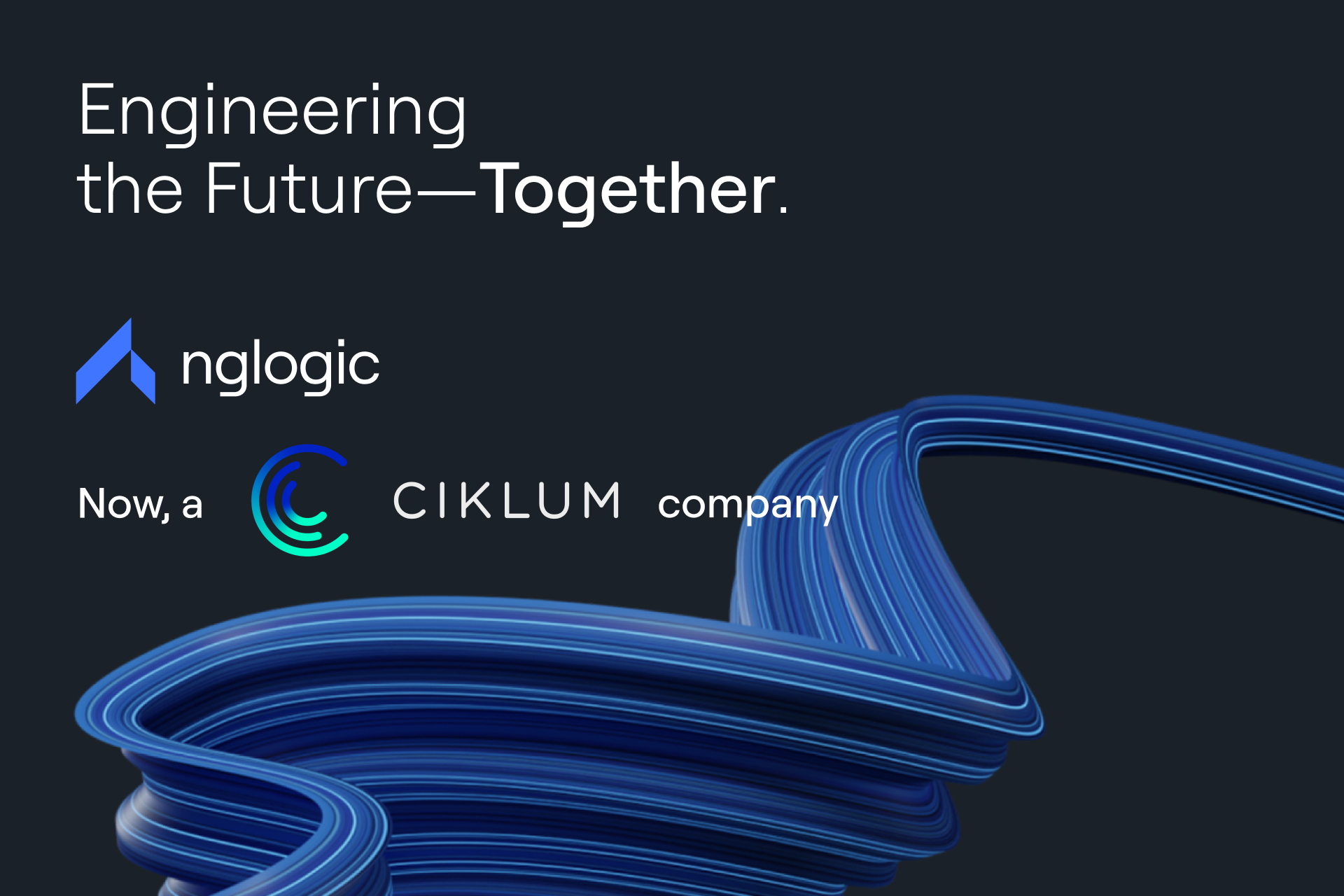Flask and Django are the top two Python frameworks for web development. They are different in many ways, but both can provide great results in the hands of skilled software engineers. We’ve compared Flask vs. Django to figure out what their superpowers are.
The Python programming language has been experiencing a rapid rise in popularity in recent years. One reason is the language’s approachability attracting a steady stream of new developers, another one – its extensive use in the booming sectors of data science, machine learning, and artificial intelligence.
However, even long before the explosive growth of AI, Python earned its recognition as an efficient web development technology and continues to outrank most of the competition in this department.
In the 2022 edition of StackOverflow’s Developer Survey, Python topped the list of back-end programming languages, based on over 71 thousand responses. What’s more, JetBrains’ 2021 report names web development as Python’s primary area of use, ahead of data analysis and machine learning.
Apart from programmer-friendly English-like syntax, key factors contributing to Python’s dominance in the web app development domain include top-notch frameworks, with Django and Flask leading the field, as illustrated in JetBrains’ survey results below.

What is Django? A brief history and essentials
Django is an open-source, full-blown web development framework with a 20-year history. Created in 2003 and named after the jazz guitarist Django Reinhardt, it was released in 2005 under a BSD license and has been maintained by the Django Software Foundation (DSF).
Its inventors, Adrian Holovaty and Simon Willison, both fed up with PHP, wanted to create a scalable, lightweight, Python-based solution for maintaining large sites. What originated as an attempt at creating a CMS, became a flexible and versatile toolkit used across the web development industry.
Big names that have relied on the Django framework for their applications include Bitbucket, Disqus, Eventbrite, Firefox, Instagram, NASA, Pinterest, Spotify, The Washington Post, and many more.
Django provides a vast collection of libraries and modules with pre-built elements, enabling rapid development of about any type of app or website. Popular Django-based applications include content management systems, social networking sites, news sites, e-commerce platforms, booking platforms, and more.
Architecture-wise, the framework follows the model-template-view (MTV) that separates the graphical user interface (GUI) from the business logic and allows developers to build complete web applications.
What is Flask? A brief history and essentials
Flask, Django’s younger sibling, was created by an Austrian open-source developer Armin Ronacher and released on April 1, 2010.
The project intended as an April Fool’s joke turned out to be a proper Web Server Gateway Interface (WSGI, typically pronounced as “whiskey”) framework, i.e., a calling convention enabling web servers to pass requests to Python-based frameworks and web apps.
Unlike Django, Flask is classified as a micro-framework – a term used to refer to a minimalistic web application framework lacking most of the functionality of a full-stack framework. As such, Flask doesn’t include a database abstraction layer (DBAL), form validation, or other boilerplate code. Obviously, there are plenty of external libraries and plugins available to use, but they’re not deployed by default.
Flask is easy to start with for developers, modern, and scalable. Even though its capabilities are modest compared to Django’s, the microframework has been recognized by multiple tech companies.
Big brands using Flask in their stack include Airbnb, Lyft, Netflix, Patreon, Reddit, Samsung, and Uber.
What are the key advantages of Django?
Django, as a mature, full-stack web framework backed by a huge Python community, has plenty to offer. Here are some of its main advantages that may benefit your project.
It comes with batteries included
Django follows the DRY (Don’t Repeat Yourself) philosophy, making life easier for web developers. The framework comes with many out-of-the-box features, such as user authentication, admin interfacing, HTTP libraries, RSS, session management, site maps, and more, streamlining the web application development process. It’s also easy to extend its capabilities with many external libraries.
It’s easy to set up, easy to handle
Building apps with Django is not easy-peasy, but the framework itself is user-friendly and quick to set up and run. It also provides an intuitive, ready-to-use admin interface based on the project models, which helps manage your web applications.
It’s extremely scalable
Scalability is one of the reasons big tech companies took to Django. The framework was designed to handle heavy traffic. Examples? Instagram managed to sustain over 30 million users on Django with only… 1 engineer with back-end development experience. Earlier, in 2013, Disqus was serving 8 billion page views monthly. The number one Python web framework really does the job in this regard.
It’s highly secure
Django provides advanced protection against common security threats such as SQL injection, cross-site scripting (XSS), cross-site request forgery, clickjacking, and other types of attacks. The framework also hides your website’s source code, encrypts all traffic between the website and the browser when SSL/HTTPS is enabled on the web server, and provides a range of other regularly updated security measures.
It enables rapid development
Django is a gem in the hands of experienced Python developers. With its extensive toolkit, it speeds up the engineering process and effectively reduces time to market. Moreover, Django’s MTV architecture enables parallel work on different components and, subsequently, their efficient integration. Plus, it streamlines transmitting data over the internet, adding to the speed of your website. All in all, Django aids in meeting deadlines and reducing costs.
What are the key advantages of Flask?
Flask is a lightweight framework lacking Django’s batteries, yet it enables developers to quickly deliver high-performing web applications. Here are key Flask’s strengths worth looking at.
It’s flexible and lightweight
Flexibility is the core feature of Flask. The (micro)framework provides only basic web application features, such as URL routing and error handling. As a result, it gives developers great freedom in adding functionalities, choosing preferred design patterns, and using multiple types of databases. Due to its light weight, Flask ensures a quick start to the development process.
It’s highly scalable
Flask can easily compete with Django in terms of scalability. It’s yet another advantage of its minimalism and simplicity. Flask can also be used for developing microservices that power scalable architectures and, since they run independently, are themselves easier to scale and update than monoliths.
It’s easy to learn
Flask, as a microframework, has a low learning curve for people already familiar with Python. It’s a huge advantage over more complex toolkits that require advanced skills and are time-consuming to learn. Developers already familiar with other Python frameworks are able to pick up Flask in a matter of a week. As a result, it’s easier (and cheaper) to onboard new team members for a Flask project.
It gives developers more control over the project
Flask gives developers fine-grained control over a project. It comes with a minimalistic but easily extensible core and allows for high flexibility in the development process. Instead of an all-inclusive package, you get straightforwardness and adaptability at their finest. Consequently, the project’s outcome heavily relies on the developer’s experience, skills, efficient decision-making, and imagination rather than their ability to combine ready-made building blocks.
It’s well-suited for prototyping
With its clean syntax, Python is a good choice for prototyping. Flask, with its simplicity, even more so. The framework enables fast experimentation with app ideas and facilitates building prototypes, minimum valuable products (MVPs), and restful web services. This feature is especially convenient for startups looking for options to quickly test their web app, gather feedback, and optimize the product before launching it to the market.
Flask vs. Django. Key differences
Both Flask and Django web frameworks have strong advantages in their respective fields while being different in many ways. Django, with its full-stack (comprising back-end and frond-end) capabilities, will easily handle multiple-page applications and other heavy-load projects.
Flask is a perfect match for lightweight projects, such as single-page applications or prototyping. The former framework provides developers with ready-made solutions extending far beyond basic development functions, while the latter is highly unopinionated and puts you in the driver’s seat – for better or for worse.
Django furnishes you with an abundance of convenient tools and default components, but make no mistake – the framework neither leads you by the hand nor is easy to master. On the other hand, the Flask framework has a low entry threshold for Python-savvy developers. It requires skills and imagination but enables you to embark on your first project much faster than in the case of Django. From the project manager’s perspective, scaling a Flask team is usually easier and cheaper.
On a detailed, technical level, there are more differences. One of the more important ones involves databases. Django includes a default object-relational mapping (ORM) layer that allows interaction with various relational databases (SQLite, PostgreSQL, MySQL, etc.) by means of Python code rather than SQL queries. Flask doesn’t support the ORM framework and handles databases via SQLAlchemy.
Another thing to consider: in Flask, URL routing and request/response handling are facilitated by Werkzeug (a web server framework), while Django requires you to explicitly pass around the request object.
It’s also worth mentioning that, unlike Django, Flask comes with a built-in virtual debugger. On the other hand, Django, unlike Flask, supports dynamic HTML pages.
Django vs. Flask. Which Python web framework is better for your project?
There are more differences between both frameworks and aspects to consider depending on the type of your project.
In general, Django is one of the best solutions for building complex web applications. It provides developers with many more tools but requires significantly more skills and experience. Flask is a perfect choice for creating a simple web app and sets a lower bar for developers, even though it may require more creativity from them.
If you want to discuss your project in detail, feel free to reach out anytime. We’ll always be happy to zoom in on technicalities and provide the best solutions.













 +1 (888)
413 3806
+1 (888)
413 3806